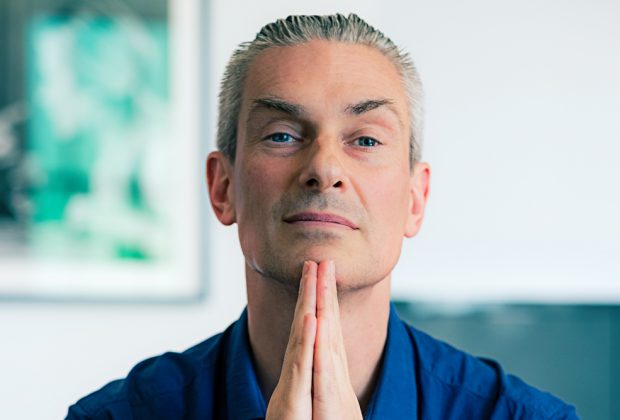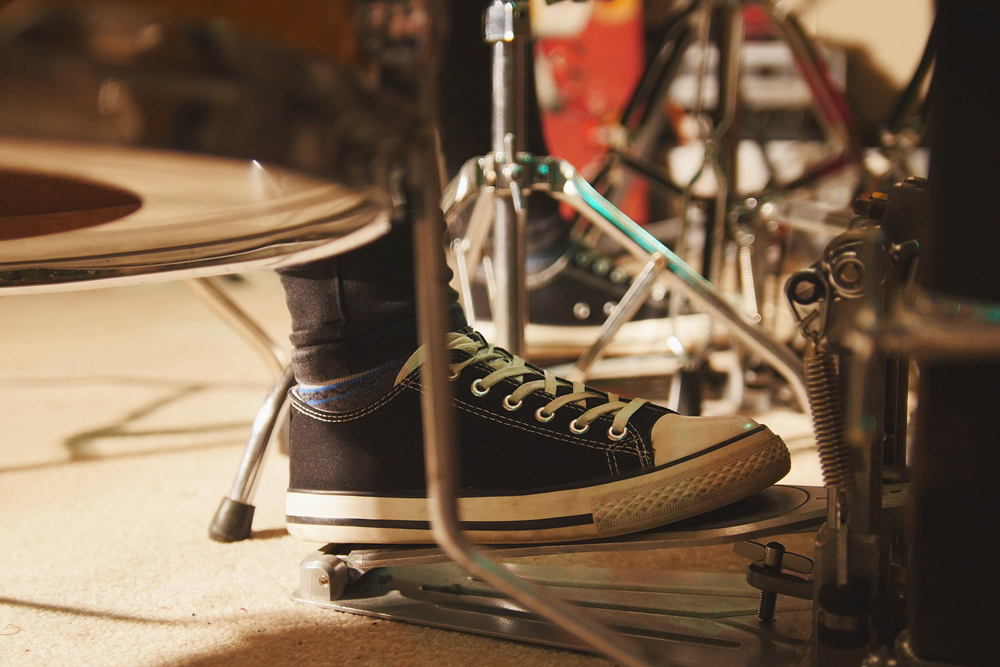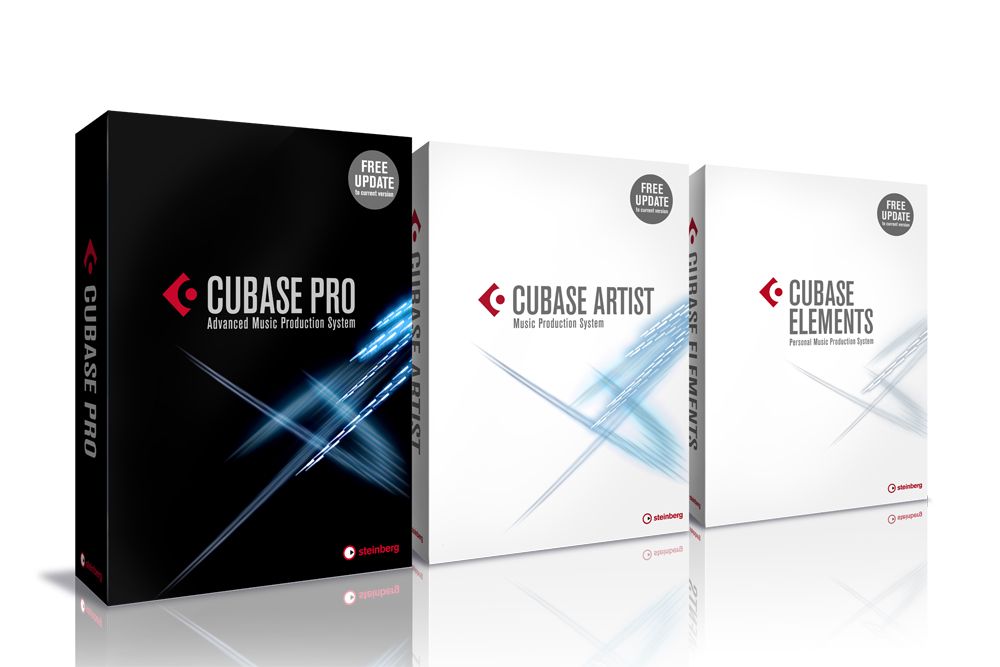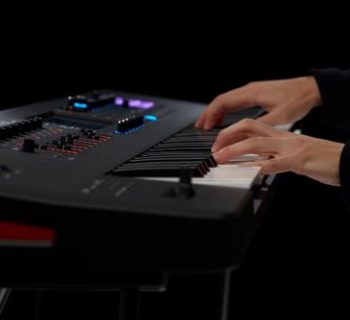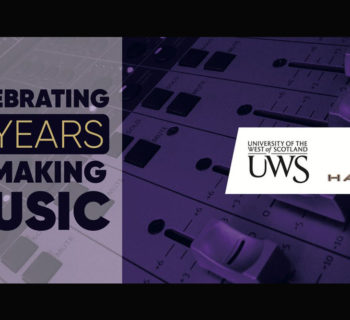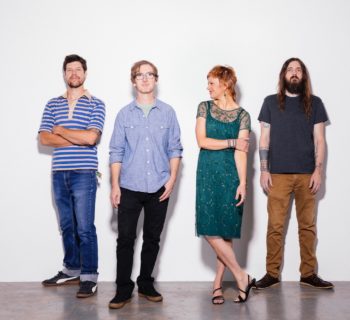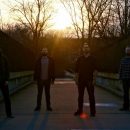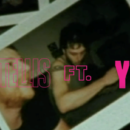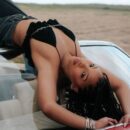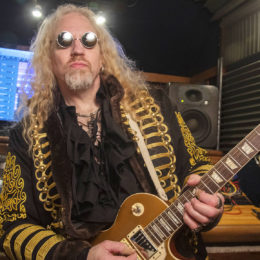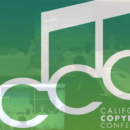BACKGROUND
While at the University of Chicago, Patrick Moxey explored deejaying and running a magazine, but it wasn’t until he began putting on shows that he became serious about running a label. Moving from rap to dance, he created Ultra Music and over the course of 22 years amassed the ultimate EDM roster.
Warehouse Party Scene
I came to New York and started working in the warehouse party scene. A lot of buildings on the Lower East Side were abandoned. I would rent olive oil warehouses, Polish war veteran’s homes, El Salvador refugee centers and throw these events. Payday was my hip-hop party and 100,000 Dollar Bar was my dance and electronic music party. We did the first show by De La Soul, the first show by Rob Base. In would walk Keith Haring, John Kennedy Jr. and Daryl Hannah, the Jungle Brothers... all these people. This was around 1989. It was a time of great experimentation and freedom.
I used to collect everything on Tommy Boy, on Celluloid, on Def Jam. Those label owners were my heroes and they used to come to my warehouse parties. It was amazing to see the energy around the club scene in Manhattan in the mid-‘90s.
Pre-Internet Marketing
I started Ultra Records in 1996 with our first 12”, Roger Sanchez Presents Transatlantic Soul. The label grew organically. I remember going down to the Winter Music Conference in Miami with boxes of white labels and somebody saying, “That’s the DJ from Chicago. You should give him a record.” “That’s the DJ from Paris. You should give him a record.” “That’s the DJ from London.” “That’s the DJ from L.A.” They took it home, played it and then orders started coming in.
From Hip-Hop to Dance
Before I had Ultra, I ran a hip-hop label called Payday Records. To that label, I signed a group called Urban Thermo Dynamics; one of the lead singers was Mos Def. I signed Jay-Z and Jeru the Damaja to that label. And DJ Premier from Gang Starr did a lot of production for that label, because I was managing him.
I noticed all the energy that was going on around Sound Factory, Twilo, Red Zone and Tunnel. That’s when I decided to champion electronic and dance music. It was always my mission to make dance and electronic as big as possible.
The Raised Bar
The quality of songwriting has gone through the roof. In the early days of Ultra, I would try to attract great songwriters to write for the label and they would refuse. They said there’s no money in dance music. Now, pop writers are working closely with dance and electronic music and even singer-songwriters are understanding that by adding a rhythmic element they can achieve more than if they just had a traditional acoustic arrangement.
[In terms of] quality now, the track needs to be A+, the vocal needs to be A+ and the song needs to be A+. Anything short of that, the record’s not going to go. In the old days, you could get away with a great track but not so great a top line or voice on top in terms of dance. Now, dance and electronic records have to be super competitive.
Full Circle
We’re generally happy to release singles. We’re not married to the album concept. But whether it’s an album or not is irrelevant. We’re back to the excitement of the 50’s and 60’s - having a studio, cutting the record, pressing a 7” single and it’s immediately released. That’s close to what’s happening now with the democratization of production. Everyone can have a laptop and a chance to come up with something great and release it quickly.
What to Submit
Artists should submit something as close to a final product as they can–something different that doesn’t sound like 10,000 other records. Perhaps some sort of artwork or marketing concept along with it in terms of an image or vision for what something can be.
Think Outside Music
For better or worse, it really does help artists to think about their social media, to be thinking about not just the audio but other aspects of creation around that audio. My favorite artist is David Bowie. I love the way he blends theater, video, costume design and photography along with music. That’s something I want to see more of in artists.
Ultra Music Fest
Ultra Music Festival is the best electronic festival in the world. It’s run by Russell Faibisch and Adam Rossakoff. We have an alliance with the festival and we work closely with them. They’ve done so well in Miami that it has been sort of the flagship event, but they’ve been quick to move the concept to South Africa, Brazil and Japan. We listen to who the local electronic and dance music artists are, incorporate those artists into the lineup and release albums generally about four or five weeks ahead of the festivals. In South Africa, we hit Number One on iTunes. In Japan, Number Nne. So we’re having a ton of success synchronizing the festival and record releases.
Telling Stories
We have about 15 full-length documentaries and concert movies. We did Deadmau5 at the Toronto SkyDome. We did Kaskade at the Staples Center. We’ve just done a Kygo documentary. We’ve got other documentaries in the works. We really want to continue telling more than just the audio story of the artist; these artists are very compelling as people. The story of the music is more than just the plain audio file. We should use all this technology to tell the story to the fullest.
Syncing Syncs
We do hundreds of syncs every year. It’s exciting to be in everything from Fifty Shades of Grey to Target commercials. We have synchronization teams in Los Angeles, Toronto and New York. We’re often trying to blur the lines between musicians and music supervisors. It’s the simplest thing to pitch music by just sending an MP3 or a link. But often we’ll try to get supervisors out to a drinks thing by showing a documentary or something like that at SoHo House L.A. By bringing artists to actually meet the music supervisors, that’s more exciting to have that connection. We’ve really tried to involve supervisors and artists in the process of getting the right music to fit the right image. It’s an art to put the right piece of music to an image, so sometimes connecting the musician and the supervisor directly has great results.
Being Ahead of the Curve
We did a virtual reality video for Kygo featuring Julia Michaels with a song called “Carry Me.” A company called MPC that did the animation for Jungle Book and The Martian helped us with that and it came out great. It was important to do that piece kind of the way David Bowie did the video for “Life On Mars?” in 1972. When Bowie did that, there was no point in making it. There was no Internet, no Vevo, no MTV, nothing. But he knew it was important to do. We know that VR video for Kygo will be a great piece through time. We’ll continue to look for those kinds of opportunities. We were the first to do DJ mix albums online with Ultra iDance and Ultra iTrance with Apple. We’ve got to continue experimenting and working with technology as it continues to change.
Years with Company: 22
Address: New York, NY
Phone: N/A
FAX: N/A
Web: ultramusic.com
Email: [email protected]
Clients: Above & Beyond, Bearson, Deorro, Steve Aoki, Flosstradamus, Benny Benassi, Kaskade, Lil Jon, Tiesto, Morcheeba, Armin Van Buuren, Paul Oakenfold, The Crystal Method, Junkie XL, Louis Tomlinson, Avicii.

